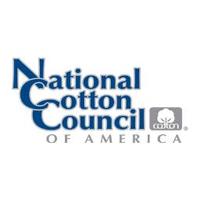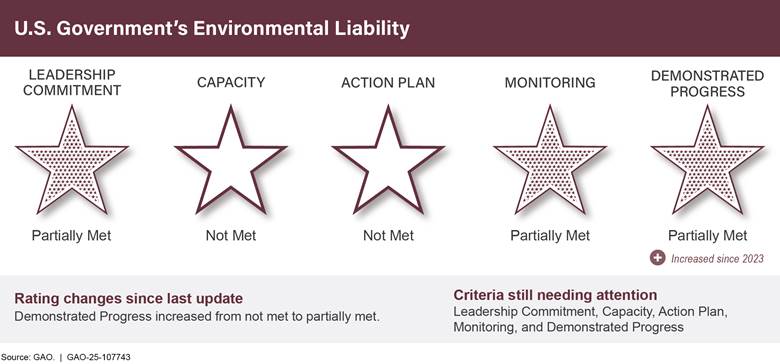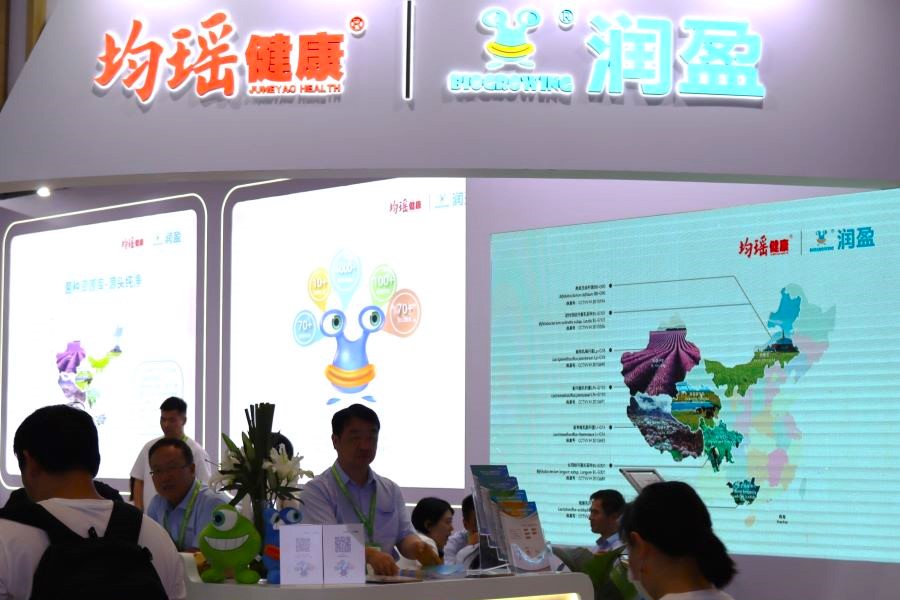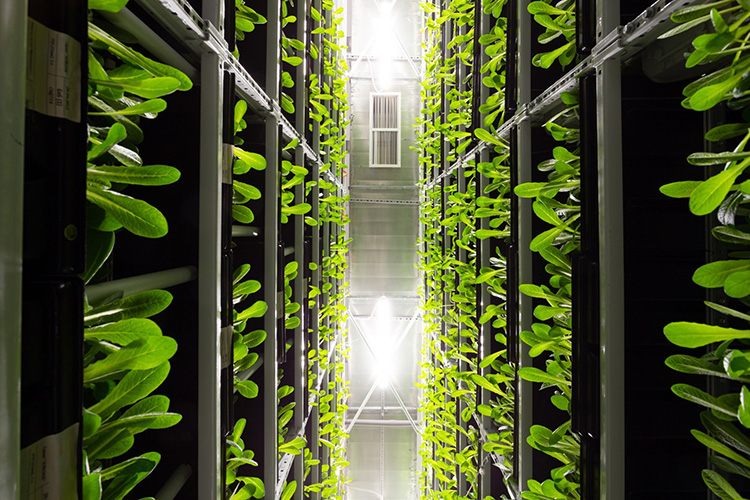Report on Fertilizer Price Volatility and its Implications for Sustainable Development Goals
Introduction
This report analyzes recent trends in the global fertilizer market, focusing on significant price increases observed over the past year. These economic shifts have profound implications for several United Nations Sustainable Development Goals (SDGs), particularly those related to poverty, hunger, and sustainable agriculture.
Analysis of Market Trends and Impact on SDG 2 (Zero Hunger)
The rising cost of agricultural inputs is a direct threat to global food security, a cornerstone of SDG 2. As fertilizer prices escalate, the cost of food production increases, potentially reducing yields and making food less affordable.
Year-Over-Year Price Escalation
Data indicates that all eight major fertilizers are now more expensive than one year prior, presenting a significant challenge to achieving zero hunger by making essential crop nutrients less accessible for farmers.
- UAN32: 35% increase
- UAN28: 31% increase
- Urea: 28% increase
- DAP: 22% increase
- Anhydrous: 14% increase
- MAP: 13% increase
- 10-34-0: 12% increase
- Potash: 6% increase
Recent Monthly Price Adjustments
Short-term volatility continues to affect the market. The latest data shows minor price adjustments across several key products.
- Fertilizers with Slight Price Increases:
- Monoammonium Phosphate (MAP): $922/ton
- Potash: $486/ton
- Anhydrous: $780/ton
- Urea Ammonium Nitrate 28% (UAN28): $420/ton
- Fertilizers with Slight Price Decreases:
- Urea: $619/ton
- 10-34-0: $666/ton
- Urea Ammonium Nitrate 32% (UAN32): $474/ton
Economic Implications for SDG 1 (No Poverty) and SDG 8 (Decent Work and Economic Growth)
The economic viability of farming operations is critical for alleviating poverty (SDG 1) and promoting sustainable economic growth (SDG 8). Escalating input costs directly squeeze farmer profit margins, threatening livelihoods, especially for smallholders.
Cost Analysis per Pound of Nitrogen
The cost of nitrogen, a primary nutrient, highlights the financial burden on producers.
- Anhydrous: $0.48/lb.N
- Urea: $0.67/lb.N
- UAN32: $0.74/lb.N
- UAN28: $0.75/lb.N
Data Summary and Considerations for SDG 12 (Responsible Consumption and Production)
The sustained price increases underscore the need for efficient nutrient management strategies, aligning with the principles of SDG 12. Optimizing fertilizer use can reduce both economic and environmental costs, promoting a more sustainable model of agricultural production.
Annual Price Trend Summary (September 2024 – September 2025)
The following data, derived from the DTN Fertilizer Index, illustrates the upward price trajectory over the past twelve months.
- Dry Fertilizers
- DAP: Increased from $738 to $904 per ton.
- MAP: Increased from $812 to $922 per ton.
- Potash: Increased from $457 to $486 per ton.
- Urea: Increased from $485 to $619 per ton.
- Liquid Fertilizers
- 10-34-0: Increased from $593 to $666 per ton.
- Anhydrous: Increased from $684 to $780 per ton.
- UAN28: Increased from $320 to $420 per ton.
- UAN32: Increased from $351 to $474 per ton.
Analysis of Sustainable Development Goals in the Article
1. Which SDGs are addressed or connected to the issues highlighted in the article?
The article’s focus on the rising prices of agricultural fertilizers connects directly and indirectly to several Sustainable Development Goals (SDGs). The primary issues are economic accessibility of agricultural inputs and market volatility, which have significant implications for food production, farmer livelihoods, and sustainable agriculture.
-
SDG 2: Zero Hunger
This is the most relevant SDG. Fertilizers are a critical input for modern agriculture to achieve high crop yields. The article’s detailed reporting on significant price increases for all major fertilizers (e.g., “UAN32 is 35% more expensive looking back to last year”) directly impacts the cost of food production. High costs can reduce fertilizer use, potentially leading to lower yields and threatening food security.
-
SDG 1: No Poverty
The economic viability of farming is a key factor in rural poverty. The article highlights a sharp increase in input costs for farmers. When the price of essential inputs like potash (up 6%) and urea (up 28%) rises, farmers’ profit margins are squeezed. This can reduce the income of small-scale farmers, making it harder for them to escape poverty.
-
SDG 12: Responsible Consumption and Production
While the article is primarily about price, it touches upon the theme of efficient resource use by mentioning a podcast from “University of Minnesota Extension nutrient management specialists.” Nutrient management is a core principle of sustainable agriculture, aiming to use resources like fertilizers efficiently to maximize crop uptake and minimize waste. High fertilizer prices can act as an economic incentive for farmers to adopt more precise and efficient application methods, aligning with the goal of sustainable production.
2. What specific targets under those SDGs can be identified based on the article’s content?
Based on the issues discussed, the following specific SDG targets can be identified:
-
Target 2.3: Double agricultural productivity and incomes of small-scale food producers
The article’s core subject—the rising cost of fertilizers—directly threatens this target. Increased operational costs, as shown by the price hikes for DAP (22% higher) and MAP (13% higher), directly impact the net income of food producers. If farmers cannot afford adequate amounts of fertilizer, their productivity may also suffer.
-
Target 2.4: Ensure sustainable food production systems and implement resilient agricultural practices
The mention of “nutrient management specialists” implicitly connects to this target. Efficient nutrient management is a key resilient and sustainable agricultural practice. The economic pressure from high fertilizer prices, as detailed in the article, can encourage the adoption of such practices to make every pound of nutrient count, thereby supporting sustainable production systems.
-
Target 2.c: Adopt measures to ensure the proper functioning of food commodity markets… and facilitate timely access to market information… to help limit extreme food price volatility
The article itself is an example of a measure that supports this target. By providing detailed, weekly price data (“DTN gathers fertilizer price bids from agriculture retailers each week”), it ensures that stakeholders have timely access to market information. This transparency is crucial for farmers and policymakers to navigate and respond to the price volatility of essential agricultural inputs.
-
Target 12.2: Achieve the sustainable management and efficient use of natural resources
The economic data in the article underscores the financial importance of using fertilizer resources efficiently. The discussion of “fall fertilizer options” and “nutrient management” points toward strategies for the efficient use of these manufactured resources, which is central to achieving this target.
3. Are there any indicators mentioned or implied in the article that can be used to measure progress towards the identified targets?
Yes, the article is rich with quantitative data that can serve as direct or proxy indicators for measuring progress.
-
Indicator: Price and price volatility of agricultural inputs
The article provides explicit data points that can be used as indicators to monitor the economic environment for farmers (relevant to Target 2.3). These include:
- Average price of fertilizers: The text states specific prices, such as “MAP had an average price of $922/ton” and “UAN28 $420/ton.” The tables provide a time-series of these prices.
- Year-over-year price changes: The article calculates percentage increases, such as “urea is 28% more expensive” and “UAN32 is 35% more expensive,” which are clear indicators of input cost inflation.
- Price per unit of nutrient: The article provides a normalized cost, for example, “the average urea price was $0.67/lb.N,” which helps in comparing the economic efficiency of different fertilizer types.
-
Indicator: Availability of market information systems
The article describes the “DTN Fertilizer Index” and its methodology (“DTN gathers fertilizer price bids from agriculture retailers each week”). This system itself is an indicator of the progress towards Target 2.c, as it demonstrates a functioning mechanism for providing timely and accessible market information to agricultural stakeholders.
4. Summary Table of SDGs, Targets, and Indicators
| SDGs | Targets | Indicators Identified in the Article |
|---|---|---|
| SDG 2: Zero Hunger | Target 2.3: Double agricultural productivity and incomes of small-scale food producers. |
|
| SDG 2: Zero Hunger | Target 2.c: Adopt measures to ensure the proper functioning of food commodity markets and facilitate timely access to market information. |
|
| SDG 12: Responsible Consumption and Production | Target 12.2: Achieve the sustainable management and efficient use of natural resources. |
|
Source: dtnpf.com







